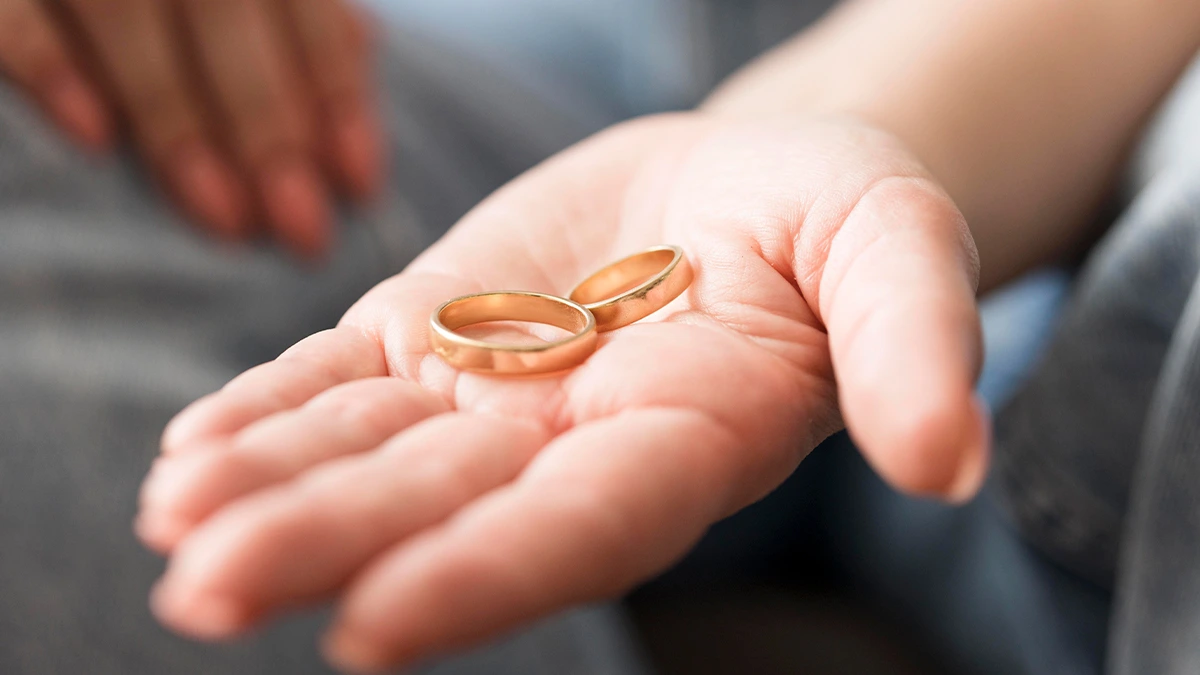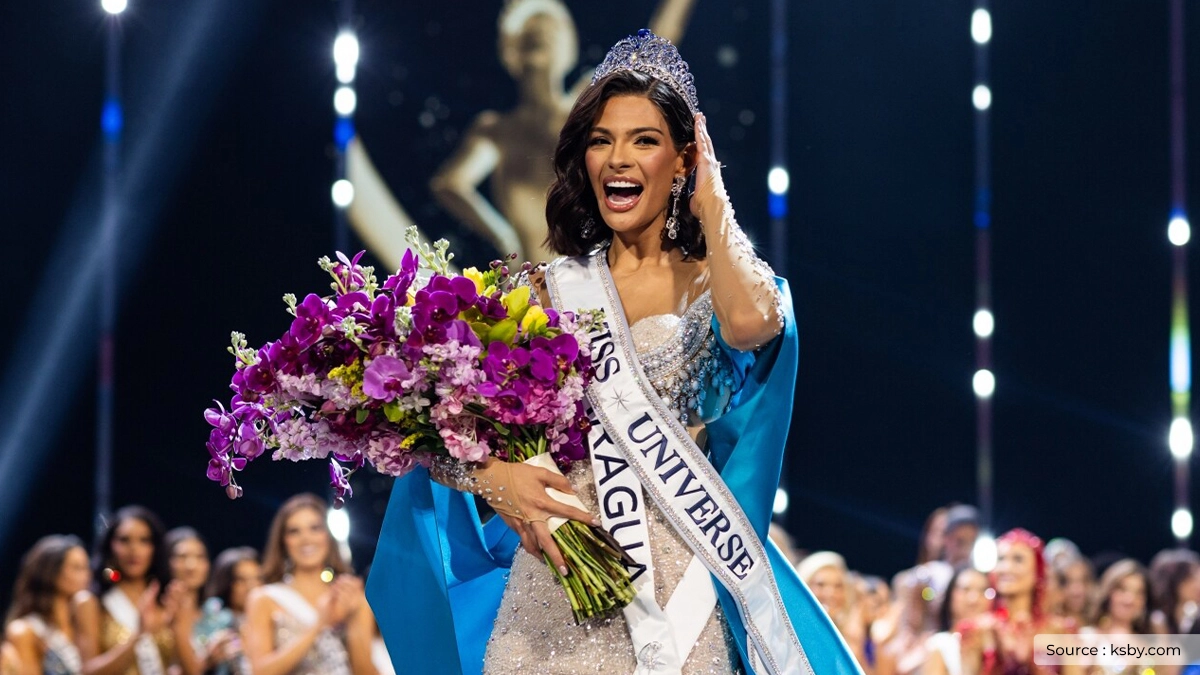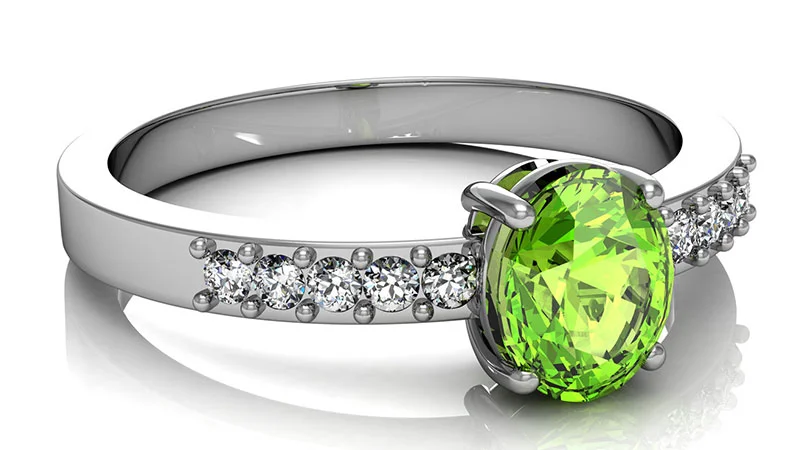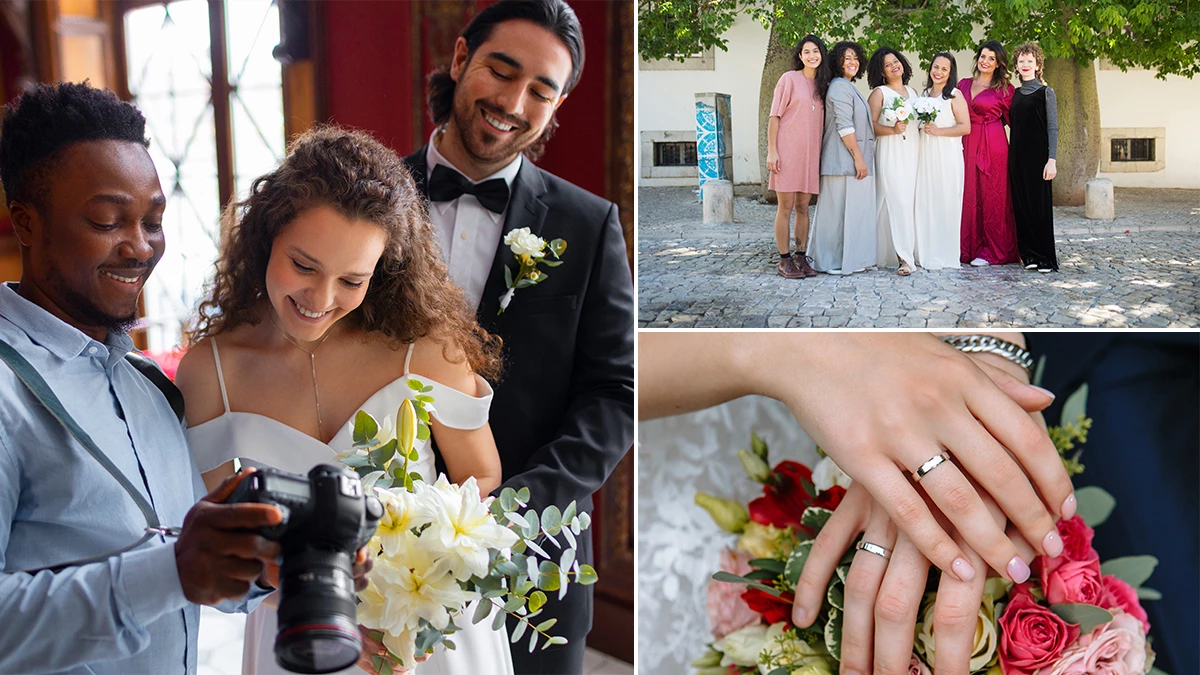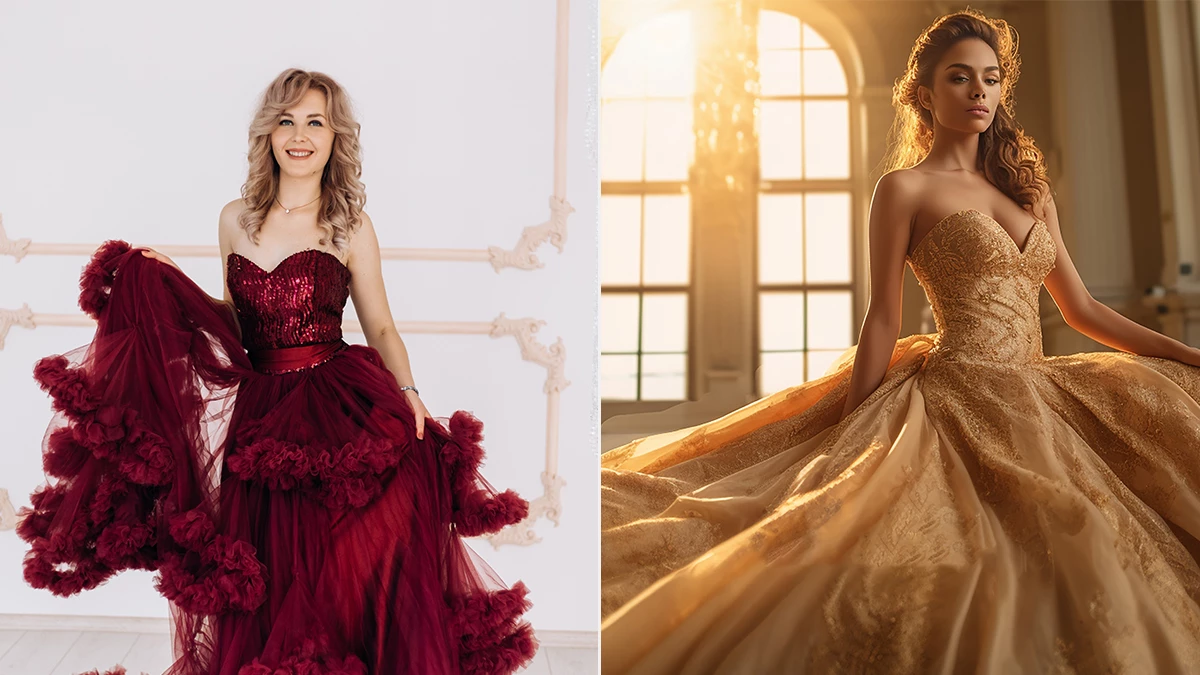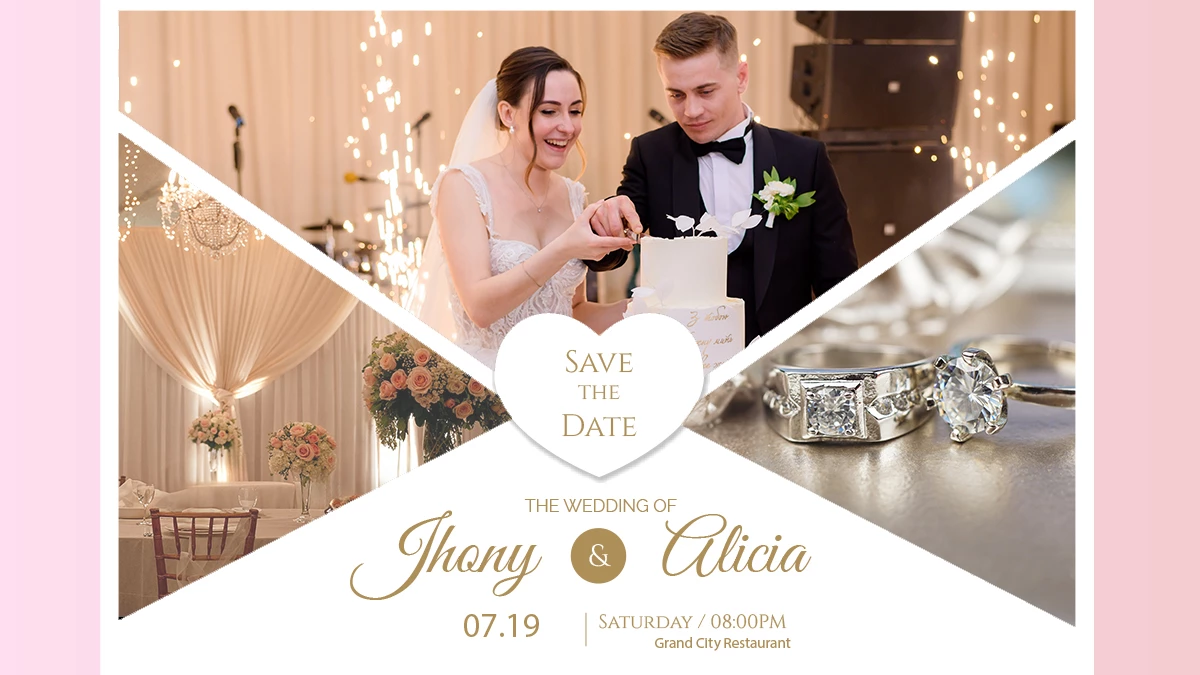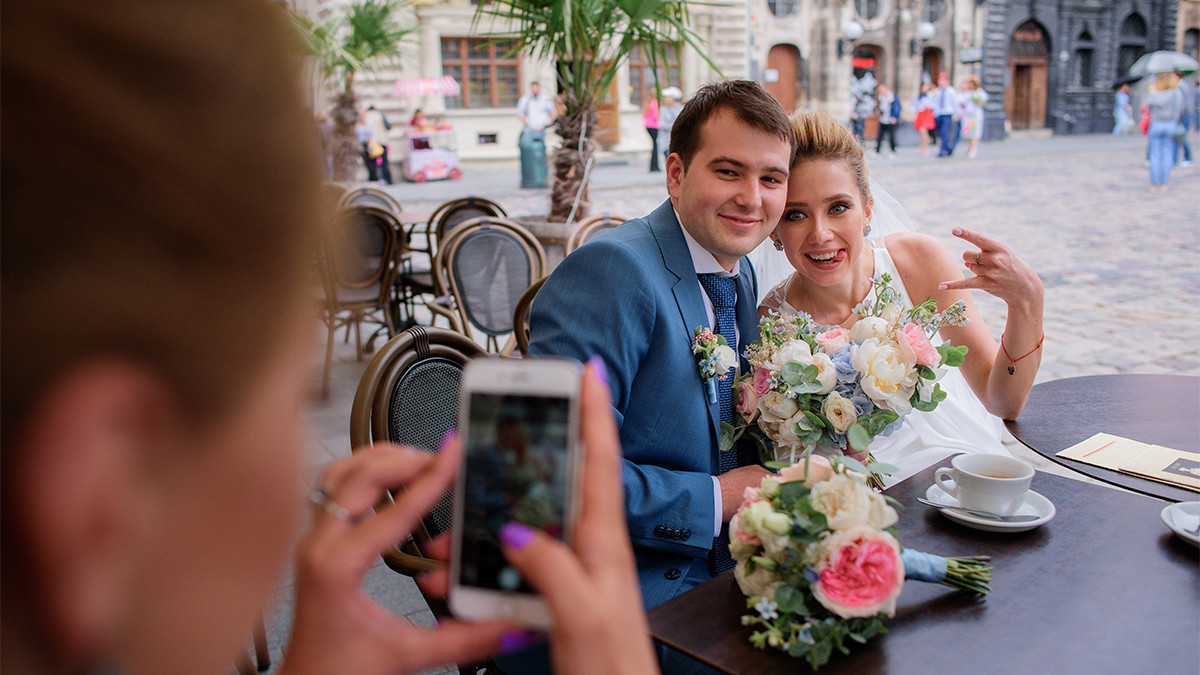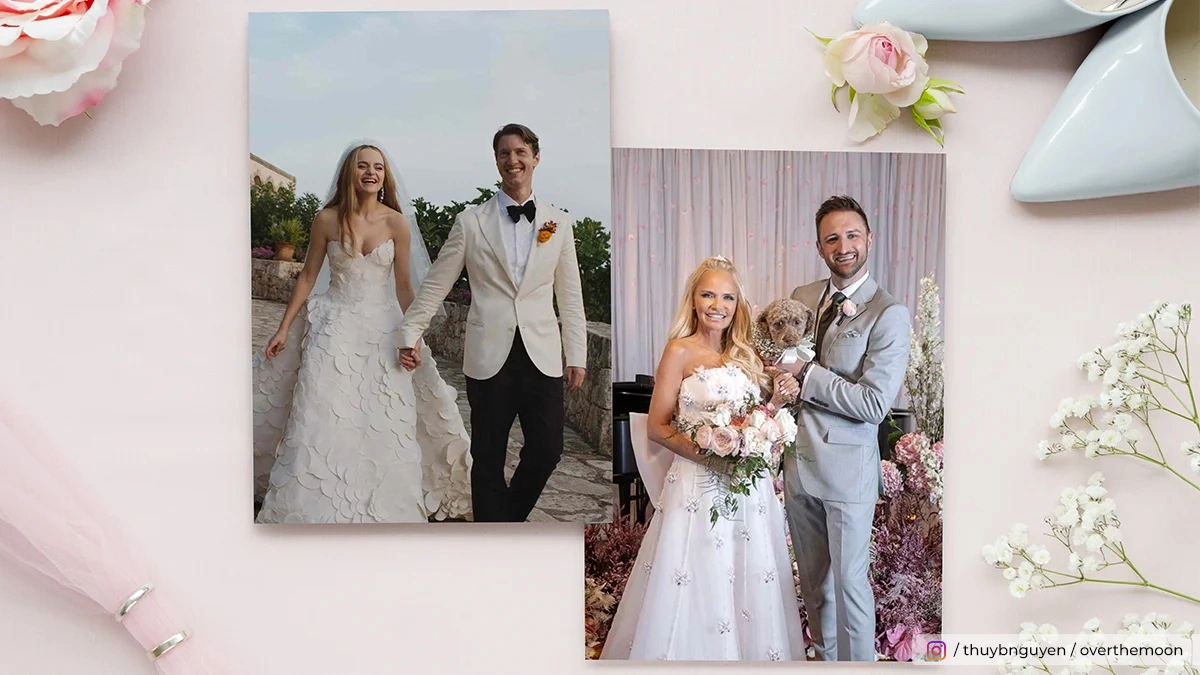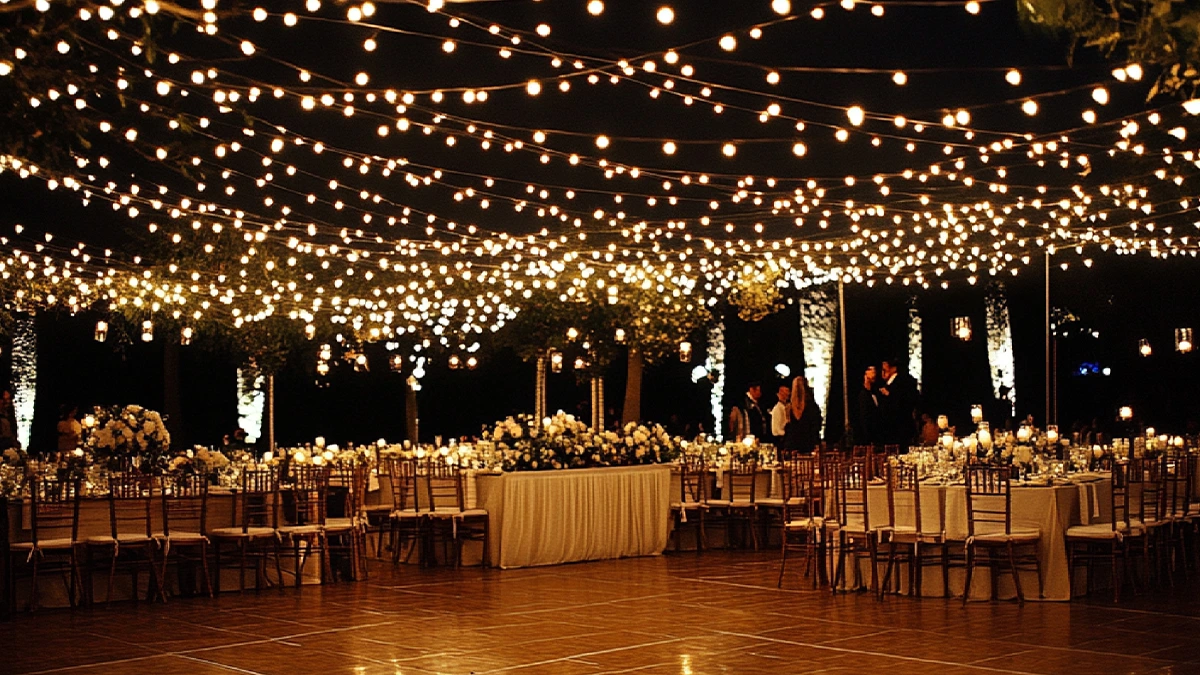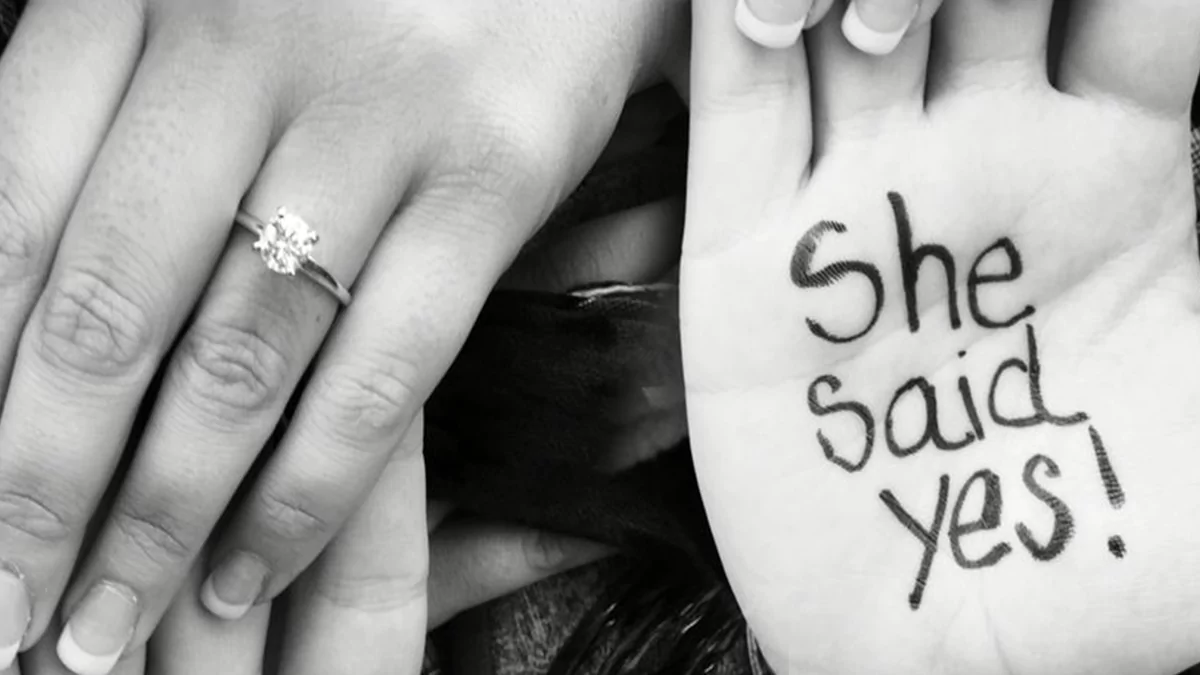Love is an invisible bond of affection and attraction keeping two hearts together. It is surely the most pleasant and satisfying feeling in the world to fall in love with someone and to spend the rest of your life with them no matter how odd the situation is. And you know what makes this union more promising and concrete in the eyes of the entire world? Yes, it’s the wedding, a cultural and legal ceremony that announces two individuals as life partners to their whole community.
Weddings are officiated throughout the world in many ways. There are countless customs and traditions that govern how couples tie the knot or exchange the holy vows of togetherness. Modern societies have evolved much in their ways of conducting marriage ceremonies. But each society still values and follows its own cultural and religious beliefs in some or the other way.
Well-Known Wedding Traditions Followed Around the Globe
In many wedding rituals elders bless the new couple. Heavens are also said to shower their blessings then for blissfulness and fertility. Couples-to-be or newlyweds participate in such local religious and cultural rituals with a lot of enthusiasm.
These rituals and beliefs differ from one region or society to another. Many of these customs have been practiced for centuries. They have passed down the generations with the motive of keeping the sentiments behind these traditions alive. These traditions make the wedding ceremonies meaningful and fascinating. Let’s take a trip around the world for some fascinating some of the world’s mind-blowing wedding traditions which are still going strong.

Jewish Custom – Breaking Glass, & The Chuppah
Jewish weddings have quite a fascinating tradition. It is called breaking the glass and it usually takes place at the end of the wedding ceremony. The husband or the wife stomps on a piece of glass wrapped in a cloth. Everyone around cheers for the couple by saying “mazel tov!”. Some people relate this tradition to the abolition of Jerusalem’s first temple. Whereas, others see in this the fragility of the marital relationship like that of a glass. Hence the bond must be cherished dearly.
Another fascinating Jewish wedding tradition is to drape a cloth around the bride and the groom or hang it above the couple tied to a frame or held by kith & kin. Locally known as the chuppah, the couple exchange their wedding vows standing under this cloth. If you are wondering what this cloth represents then let us enlighten you that in the Jewish culture, a chuppah is a shelter equivalent of a Jewish household and is also symbolic of the almighty watching over the couple’s wedding.
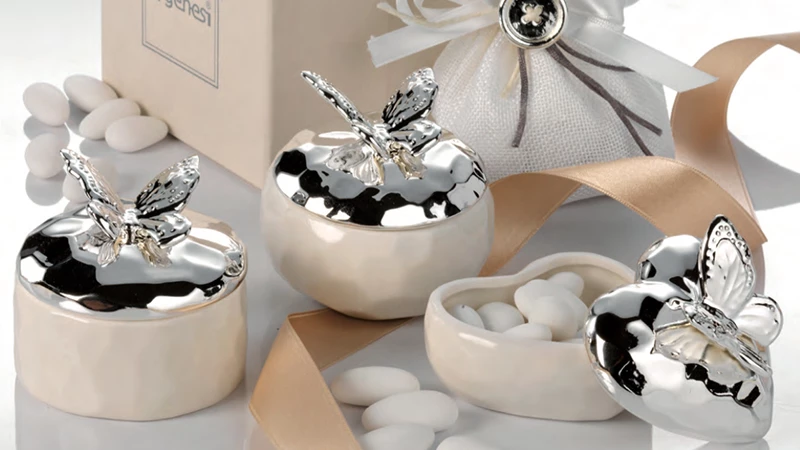
Definitely Italian – Almond Confetti Blast
Have you ever witnessed an Italian wedding? Italian weddings typically have a blast of confetti which is given to the wedding guests as wedding favors. The confetti here stands for almonds coated with sugar representing the sweetness and bitterness in married life. Regarded as the bearers of good luck to the newlyweds, five almonds are packed in one small bag or box. These almonds symbolize happiness, health, wealth, longevity and fertility in the life of the newlyweds.
Malay Wedding Tradition – Tepung Tawar Ceremony
The Tepung Tawar Ceremony is a way for the Malay Muslims to bless newlyweds with good luck and to protect them against evil eyes. As a part of the tradition, the elders in the couple’s family take turns to sprinkle auspicious elements on the couple. These are usually rose water, white rice, kernel and yellow rice, each representing a different form of blessing.
American Wedding Tradition – The Rice Toss
A traditional American wedding is a lavish affair from the beginning till the end. After all the wedding festivities are over and before the newlyweds leave, the wedding guests bless the couple with loads of love and happiness. The guests do so by showering the couple with rice as they leave the wedding venue. The rice toss is a symbol of wishing prosperity, good luck and fertility to the couple. However, these days rice toss is replaced with tossing flower petals, blowing bubbles, ringing bells or waving sparklers at the couple.
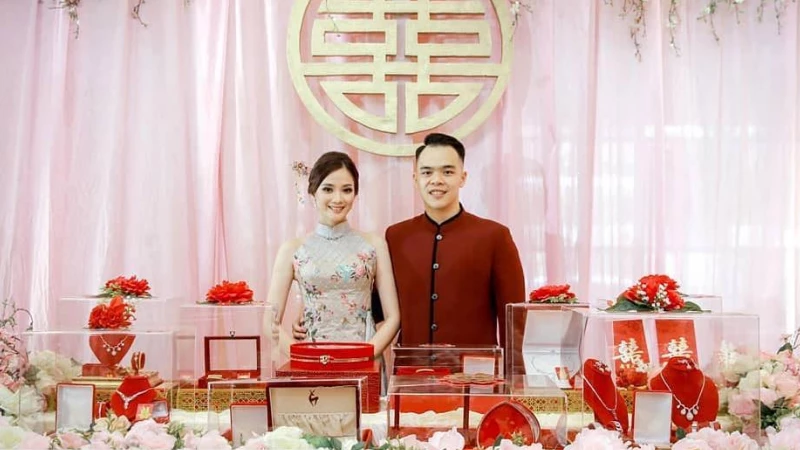
Chinese Wedding Tradition – “Guo Da Li” Betrothal Ceremony
Talking about Chinese culture, couples host a betrothal ceremony a few weeks before getting married. Locally known as “Guo Da Li”, the betrothal ceremony is all about the engaged couple arranging a formal get-together with their in-laws-to-be. The elders from both families exchange gifts wishing for the prosperous life of the couple-to-be. These gifts include traditional red envelopes with cash, wedding cakes, liquor and bridal jewelry among other things.
Chinese Wedding Tradition – Traditional Tea Ceremony
Holding an official tea ceremony is another Chinese wedding tradition according to which the newlyweds serve tea to the elders in their family to pay respects and seek their blessings in return in the form of red envelopes.
African Wedding Tradition – The Camel Dance
We have heard of the bride, the groom and the close relatives dancing their hearts out in the dance party during a wedding ceremony but a camel dance in the desert is a special presentation at African wedding receptions in Niger, West Africa. As per tradition, after the wedding ceremony takes place on a full moon night, a trained camel grooves in front of the wedding guests on the beats of a traditional local instrument called Tende.
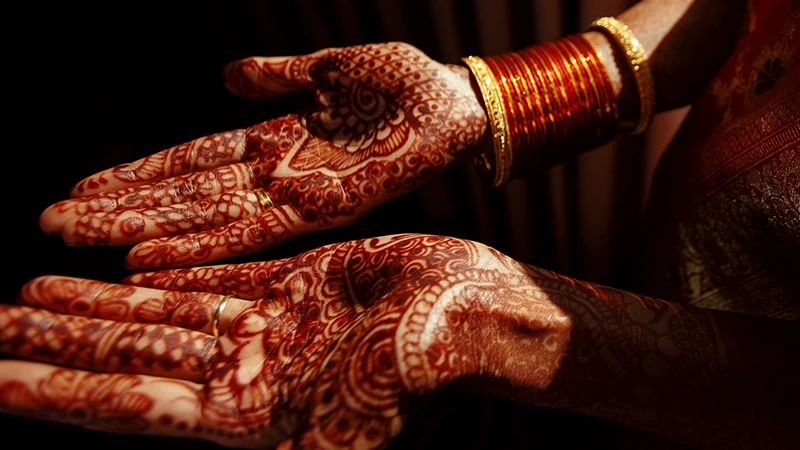
Indian Hindu, Sikh & Punjabi Wedding Traditions – Heena Ceremony
Indian weddings are well known for their traditional festivities, rituals and colorful ambiance. Out of several wedding rituals followed in a Hindu, Sikh and Punjabi wedding ceremony, a mehendi or heena ceremony is a prominent one. A day or two before the wedding, both the bride’s and the groom’s families separately organize a heena party.
During the ceremony, heena paste is applied to the bride and the groom as well as to their close relatives. It is considered an auspicious token of happiness and prosperity. Beautiful designs are drawn on the hands and the feet with scented heena which is kept till it dries. Then it is removed revealing a beautiful red-orange hue. As the saying goes, the darker the heena’s color, the stronger will be the marital bond of the couple.
Mexican Wedding Tradition – Wedding Lasso
A lasso is a large garland of flowers or rosary beads and it has profound significance in Mexican culture. After a couple exchange wedding vows, elders drape lasso around the shoulders of the bride & groom. Its pattern resembles the number 8 or the infinity sign. Hence, the lasso acts as a symbol of unity, blessing the newlyweds with an everlasting bond of togetherness.
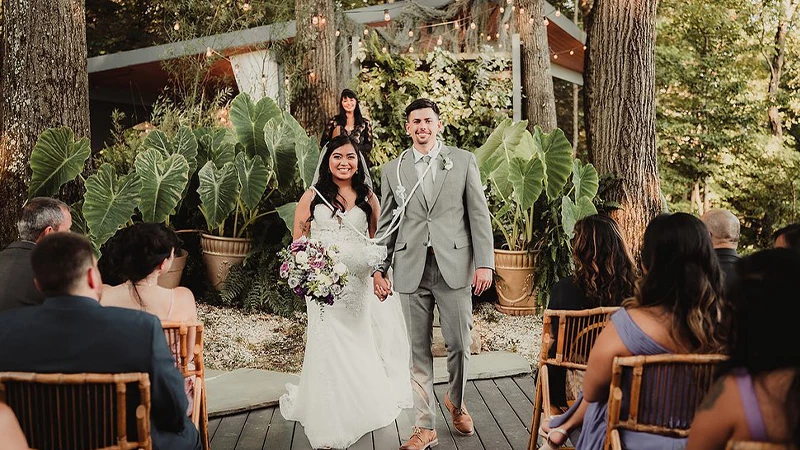
End Note
Wedding traditions and rituals have been and will be cherished forever in the hearts of believers as the ultimate faith in auspicious matrimony, blessing the newlyweds with a lifetime of togetherness. But any wedding ritual is incomplete without a piece of timeless jewelry that can bring back the most blissful memories of your big day. From “something old”, i.e., the traditional heirloom jewelry belonging to grandparents or parents to “something new” – the engagement and wedding rings exchanged between the couple are as important to officiate a wedding as the vows exchanged.
GemsNY promises to preserve your big day memento for generations with its exclusive collection of gemstone engagement rings and metal wedding bands for men and women. Browse our gemstone and jewelry section for bridal jewelry such as ruby pendants, sapphire earrings, emerald bracelets and diamond rings in precious metals. Keep the celebration going with birthstone jewelry and anniversary rings to mark more milestones in your married life.
